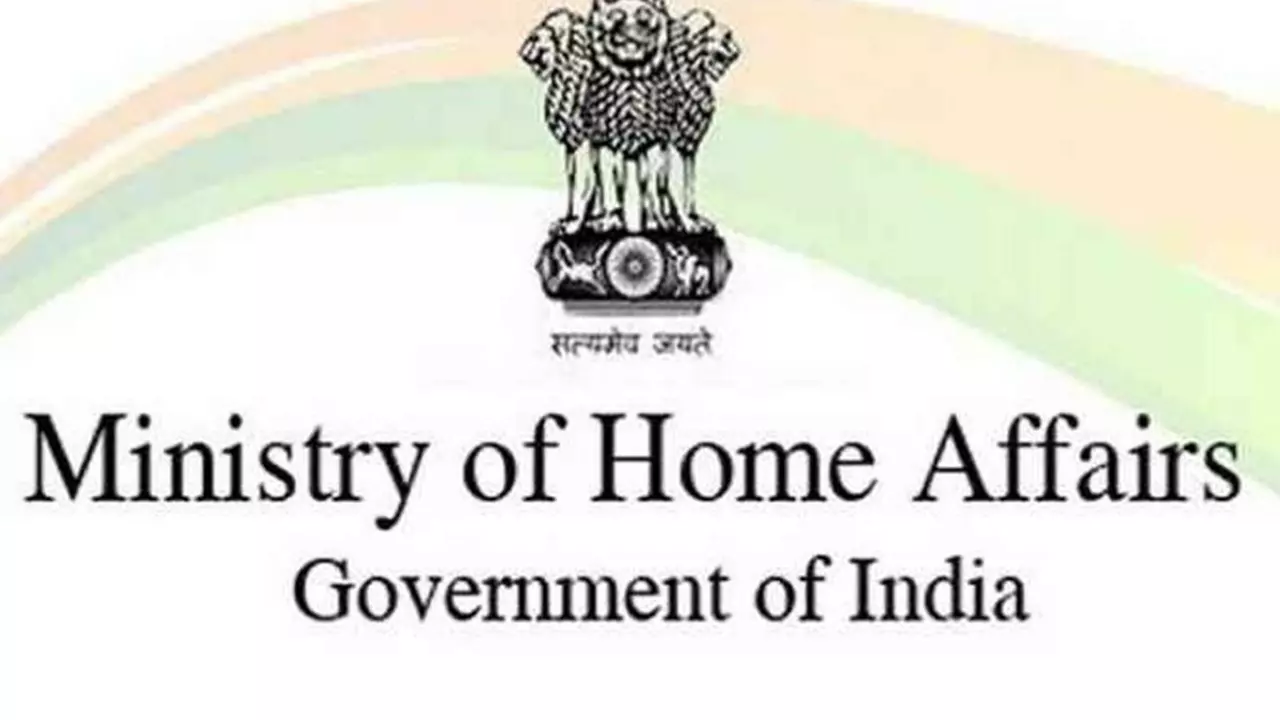India vs USA School Life: Key Differences Explained
Did you know a typical Indian student spends about twice as many hours on homework as a U.S. student? It's true, and the gap shows up in many other areas too. In this guide I’ll walk you through the biggest contrasts in class, schedule, culture, and even the way teachers talk to you. Whether you’re a parent, a teacher, or just curious, you’ll get a clear picture of what school life looks like on both sides of the ocean.
Classroom Environment and Teaching Methods
In Indian schools the classroom often feels like a lecture hall. The teacher stands at the front, delivers a detailed explanation, and expects students to take notes silently. Exams focus heavily on memorization, so you’ll hear a lot of repeat‑the‑definition or copy‑the‑formula drills. In the U.S., the vibe is more interactive. Teachers encourage discussion, group projects, and hands‑on activities. You’ll see a lot of “think‑pair‑share” moments where students talk to each other before answering.
Another big difference is grading. Indian schools use a rigid percentage system—90+ is an A, 80‑89 a B, and so on. U.S. schools rely more on letter grades plus a GPA scale, and teachers often factor in class participation and effort. This means a student who consistently turns in homework on time can boost their grade in the U.S., even if a test score is average.
Daily Routines and Cultural Norms
Morning routines set the tone. Indian students usually start school early, around 7:30 am, and finish by 2 pm, followed by a long afternoon of tuition or extra‑curricular coaching. The day is packed and the focus stays on academics. In the U.S., school typically begins around 8:30 am and ends around 3 pm, with a built‑in lunch break and often a short recess. After school, activities like sports, clubs, or part‑time jobs take a larger slice of the day.
Cultural expectations also shape behavior. In India, respect for teachers is deeply rooted—students often address teachers with formal titles and avoid questioning in class. In the U.S., a more casual rapport is common; students may call teachers by first names and feel comfortable raising doubts openly. This doesn’t mean one approach is better, just that the social cues differ.
Technology use varies too. Indian classrooms are increasingly adopting digital boards, but many still rely on chalkboards and printed worksheets. U.S. schools tend to have laptops or tablets as part of everyday learning, and assignments are frequently submitted online. This shift changes how students collaborate and how quickly feedback arrives.
So, what does all this mean for you? If you’re moving between the two systems, expect a transition period. Adjust your study habits, get used to the classroom vibe, and pay attention to the cultural signals around respect and interaction. With a little awareness, you can turn these differences into strengths—whether that’s mastering the disciplined study style of India or the collaborative spirit of the U.S.
Feeling curious about a specific aspect? Drop a comment or share your own experience. The more we compare, the better we understand each other’s schooling worlds.
Ever wondered how different school life can be in India as compared to the USA? On this page, we'll dive deep into the variances in the education systems, everyday routines, and cultural norms that shape the learning experiences of students in these two countries. As a father and an educator, I am privileged to share insights amassed from personal experiences and extensive research. Join me as we explore this fascinating topic and bridge the knowledge gap!
I've been racking my brains and, call me crazy, but I think India needs a Ministry of Happiness! Now, that's a ministry I'd vote for! Imagine this - an entire ministry dedicated to promoting joy, positivity, and well-being among the populace. From organizing laughter yoga sessions in parks to implementing policies for better work-life balance, the possibilities are endless! I mean, who wouldn't want a dedicated department focused on keeping our spirits high and our smiles wide, right?


 Government & Politics
Government & Politics